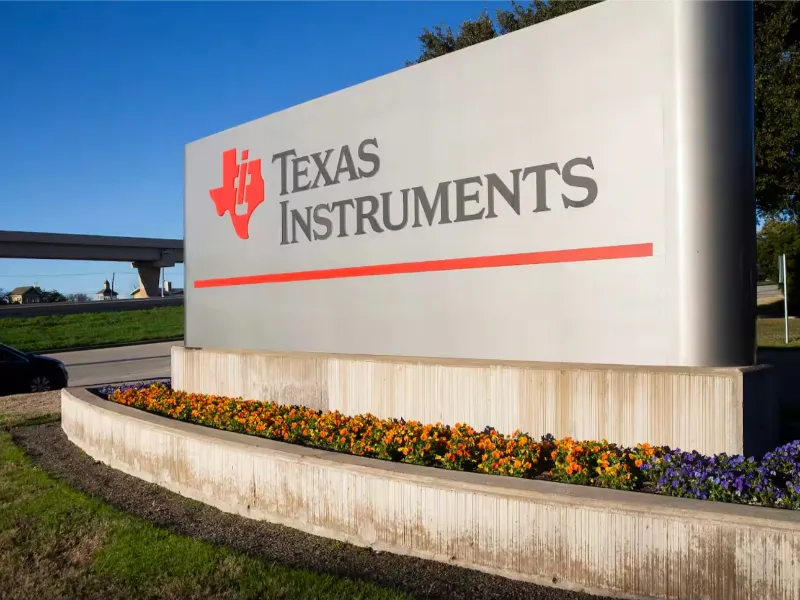- Texas Instruments (TI) said on Tuesday its free cash flow (FCF) would jump in 2026 on a rebound in demand.
- Texas Instruments expects 2026 cash flow per share to be in the range of $8 to $12, above its forecast of $6.91.
OUR TAKE
Texas Instruments investor Elliott disclosed its $2.5 billion stake in May, forcing Texas Instruments to tighten spending and adjust production capacity in response to changes in demand. The company has said this strategy could boost TI’s FCF to $9 per share by 2026. And that’s mainly because of demand-driven stimulus.
–Zora Lin, BTW reporter
What happened
Texas Instruments (TI) said on Tuesday its free cash flow (FCF) would jump in 2026 as demand rebounds and the analog chipmaker reigns in capital spending under pressure from activist investor Elliott Investment Management.
According to the forecasts of eight analysts surveyed by Visible Alpha, the company expects 2026 cash flow per share to be between $8 and $12, higher than the $6.91 forecast.
The company has embarked on an aggressive plan to increase domestic production by building three new chip factories. There have also been signs of rising demand in recent months after a prolonged slump.
Texas Instruments will maintain $5 billion in capital expenditures through 2025. According to LSEG, the company’s 2023 free cash flow per share fell 77% to $1.47. The company expects 2026 revenue to be between $20 billion and $26 billion.
Also read: SoftBank ends AI-chip plan with Intel
Also read: South Korean AI chip firms Rebellions and Sapeon announce merger
Why it’s important
The news indicates that Texas Instruments will have a stronger financial performance in the next few years, and the company has clear financial targets and growth expectations. The company has begun to implement plans to build three new chip factories, which will not only increase domestic production capacity and reduce dependence on external supply chains, but also have a positive impact on national security and the economy.
There are signs of demand mentioned in the news, which could mean that demand for TI products is recovering, which is a positive sign for the company’s sales and market share.
This news shows Texas Instruments’ adaptability and foresight in the face of market and investor pressures, as well as its strategy for long-term growth and financial health. This is important information for investors, industry analysts, and the semiconductor industry as a whole.

